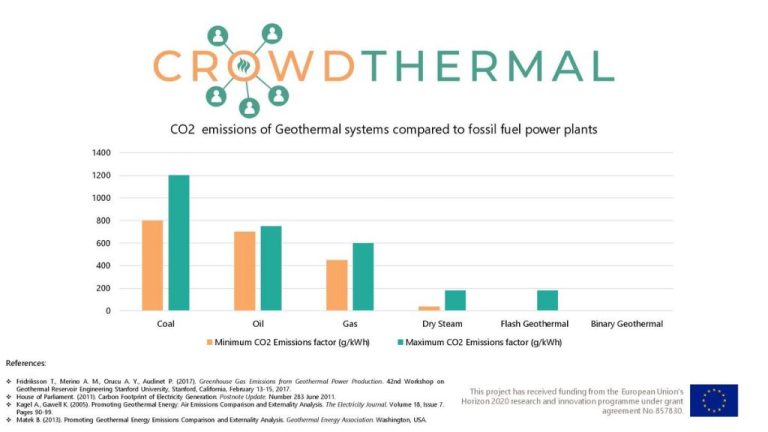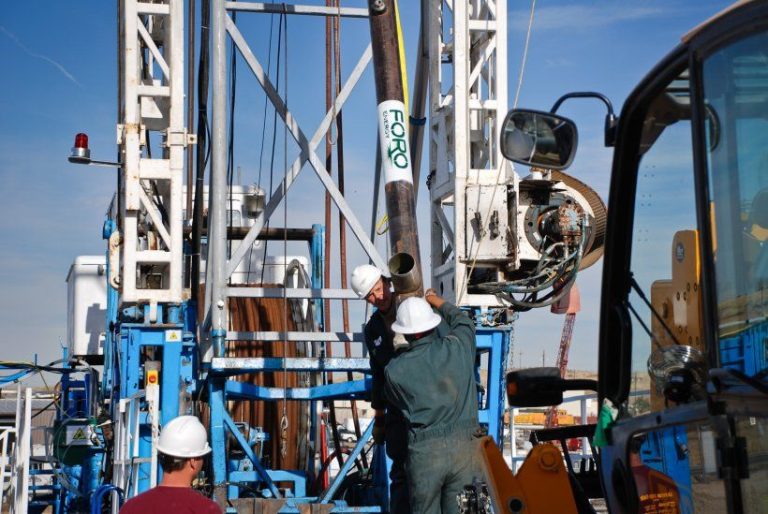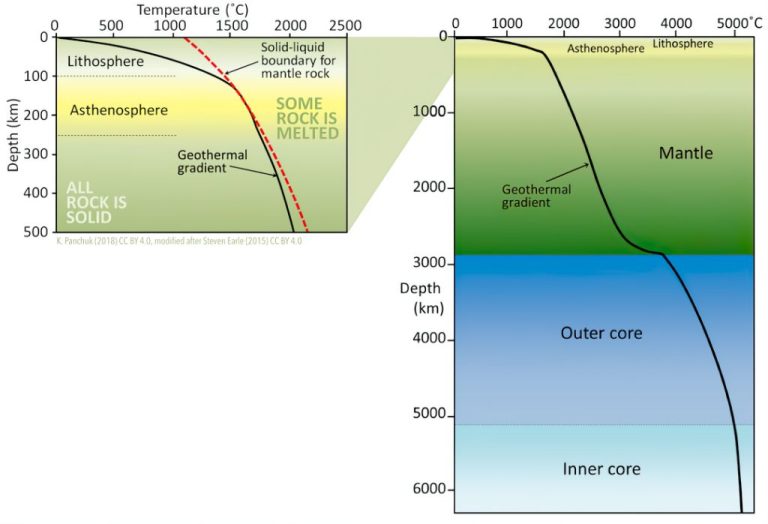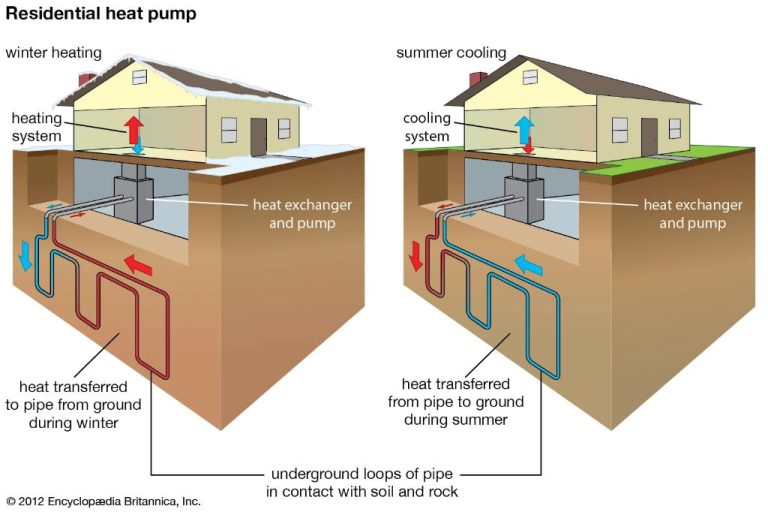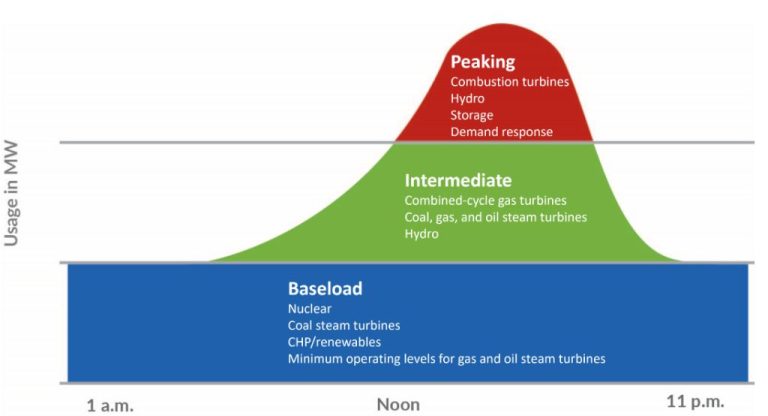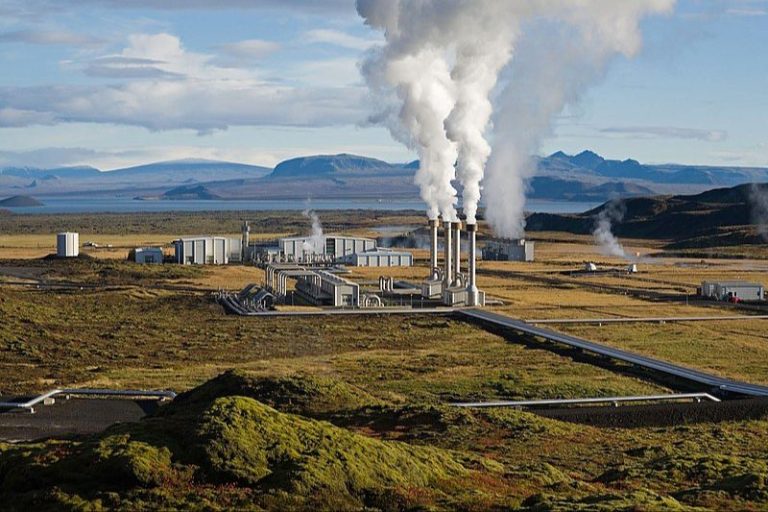Where Is The Most Geothermal Activity?
What is geothermal activity?
Geothermal activity occurs when heat from the Earth’s interior is transferred to the surface. The inner core of the planet is extremely hot due to residual heat from planetary accretion, as well as heat produced by radioactive decay of materials. This heat is conducted through the mantle and crust, leading to elevated temperatures closer to the surface in some areas.Geothermal Activity – Other hazards – Consistent Messages | Ministry of Civil Defence & Emergency Management
As groundwater seeps into the Earth’s crust, it can be heated up by this geothermal energy. When the hot water rises back up and emerges at the surface, it creates various geothermal phenomena like geysers, hot springs, and fumaroles. The high heat flow leads to convective circulation of the groundwater, allowing rapid heat transfer between the Earth’s interior and surface. Geothermal regions usually have relatively thin crust and localized magmatic activity that provides additional heating.GEOG CH 10 Flashcards – Quizlet
Major geothermal areas around the world
Some of the world’s major geothermal areas include:
The Pacific Ring of Fire, a region around the edges of the Pacific Ocean where many volcanic eruptions and earthquakes occur. Countries with significant geothermal resources along the Ring of Fire include the United States, Mexico, Nicaragua, Costa Rica, El Salvador, Japan, New Zealand, Indonesia, and the Philippines (The top 10 biggest geothermal power projects in the world).
Iceland, which uses geothermal energy to generate over 25% of its electricity. Major geothermal areas in Iceland include the Reykjanes Peninsula and the country’s famous hot springs and geysers (The World’s 10 Biggest Geothermal Power Plants).
Italy, home to the first commercial geothermal power plant in the world at Larderello in 1904. Larderello and Mt. Amiata are two major geothermal zones in Italy today (The World’s 10 Biggest Geothermal Energy Plants).
The East African Rift System extending through Ethiopia, Kenya, Uganda, Tanzania, and Zambia contains significant untapped geothermal resources.
Indonesia, where major geothermal areas include Sumatra, Java, and other volcanic islands.
Countries with the most geothermal electricity production
Several countries around the world generate a significant portion of their electricity from geothermal energy. According to Wikipedia, the top countries for geothermal power generation capacity in 2022 were:
- United States – 3,794 MW
- Indonesia – 2,356 MW
- Philippines – 1,918 MW
- Turkey – 1,800 MW
- New Zealand – 1,655 MW
The United States leads the world, with geothermal providing over 3,700 megawatts of electricity capacity. Major geothermal fields are located in western states like California, Nevada, Utah and Oregon. Indonesia, the Philippines and Turkey also have abundant geothermal resources along volcanic arcs and tectonic plate boundaries. New Zealand generates over 15% of its electricity from geothermal, with large fields on the North Island.
Other top countries for geothermal power include Mexico, Italy, Iceland, Japan and Kenya. Several nations such as El Salvador, Kenya and Iceland produce a sizable share of their total electricity from geothermal. With advancing technologies and new discoveries, the global geothermal power market is expected to continue growing in the coming decades.
Regions with the most geothermal springs and geysers
Some of the world’s most well-known and spectacular geothermal areas are renowned for their abundant hot springs and geysers. According to the National Park Service (https://www.nps.gov/yell/learn/nature/hydrothermal-features.htm), Yellowstone National Park in the United States contains over 10,000 geothermal features, including 500 geysers. This concentration of hot springs and geysers is the largest on Earth. Some of Yellowstone’s most famous geysers include Old Faithful and Steamboat Geyser, which can shoot water hundreds of feet into the air.
New Zealand is another country with incredible geothermal activity. The Taupo Volcanic Zone on New Zealand’s North Island contains several large geothermal areas, including Whakarewarewa, Waimangu Valley, and Wai-O-Tapu. These zones contain geysers, boiling mud pools, hot springs, and other geothermal wonders (https://en.wikipedia.org/wiki/List_of_hot_springs).
Iceland is renowned for its abundant geothermal features due to its location along the seismically active Mid-Atlantic Ridge. The Landmannalaugar region contains colorful rhyolite mountains, hot springs, and steaming vents. Iceland’s famous Blue Lagoon is a man-made geothermal spa that harnesses the islands natural hot springs for relaxation and skin treatments.
Most active geothermal regions
Some of the most active geothermal regions in the world include the western United States, Iceland, Indonesia, New Zealand, the Philippines, and parts of Central America. These areas tend to have high levels of volcanic and seismic activity, which allows heat from the Earth’s core to rise closer to the surface. The movement of tectonic plates, the thinning of the crust, and the presence of magma chambers all contribute to increased geothermal activity.
The western U.S. states such as California, Nevada, Utah, Idaho, and Oregon have abundant geothermal resources thanks to the geologically active Pacific Ring of Fire. Famous geothermal areas in the U.S. include The Geysers north of San Francisco, the world’s largest geothermal complex, and Yellowstone National Park, which contains around 10,000 hydrothermal features. Iceland, situated on the Mid-Atlantic Ridge, uses geothermal energy to generate over 25% of its electricity. Indonesia and the Philippines, both part of the Pacific Ring of Fire, have numerous active volcanoes and sizeable geothermal power facilities.
New Zealand’s North Island is another geothermally active area due to its location on the Australia-Pacific plate boundary. Major geothermal zones include Rotorua, Taupo, and the Waikato region. In Central America, geothermal prospects exist near active volcanoes stretching along the Pacific coasts of Costa Rica, Nicaragua, El Salvador, and Guatemala.
Deepest geothermal resources
Traditionally, geothermal power has come from relatively shallow depths, usually less than 2 kilometers down. However, new technologies are allowing access to deeper and hotter resources, called deep geothermal. One company at the forefront of this is Quaise Energy, which is developing methods to tap into geothermal resources 5-10 kilometers deep.
The deepest geothermal wells are located in Hawaii and Iceland, which have some of the most active geothermal areas in the world. The Hawaii Scientific Observation Hole drilled to a depth of over 10 kilometers near the Kilauea volcano, while the IDDP-2 well in Iceland reached nearly 5 kilometers deep. These ultra-deep wells encountered temperatures over 500°C.
While most geothermal resources are concentrated around the boundaries of tectonic plates where volcanic activity brings heat closer to the surface, Quaise Energy believes there are large deep geothermal resources spread throughout the Earth’s crust. Their models indicate 100 quintillion joules of usable energy within 10 kilometers of the surface globally. Accessing just a fraction of this deep geothermal energy could support humanity’s energy needs for millennia.
New geothermal developments
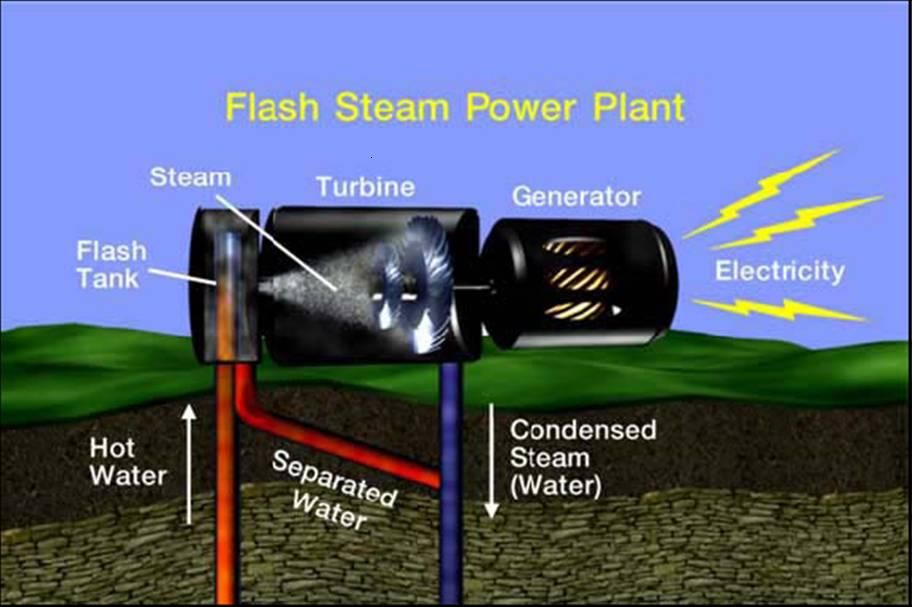
There have been several exciting new geothermal projects and discoveries in recent years as the industry continues to grow globally. Some of the most notable include:
In the United States, Google partnered with Fervo Energy to develop an innovative next-generation geothermal power project in Nevada. This first-of-its-kind project uses advanced technology to tap into deeper and hotter resources than traditional geothermal. It came online in late 2022 and now helps power Google’s data centers with 24/7 clean energy.
There are also several new geothermal power plants under development in California, which already leads the nation in geothermal electricity generation. For example, a pilot plant in Calipatria is utilizing enhanced geothermal systems (EGS) to extract heat from hot rocks deep underground. EGS could dramatically expand geothermal potential across the U.S.
Internationally, notable projects include the United Downs deep geothermal power project in Cornwall, UK. At over 2 miles deep, it is the deepest geothermal well ever drilled in the country. There are also major new developments underway in East Africa, Iceland, New Zealand, and elsewhere.
Environmental impacts
While geothermal energy is considered a clean and renewable source of power, extracting heat from the earth can have environmental consequences. One major concern is the impact on water resources. Geothermal plants use water for cooling and to pump hot water and steam from underground reservoirs. This water can become contaminated with chemicals like sulfur, silica, and salt, as noted by the U.S. Energy Information Administration (https://www.eia.gov/energyexplained/geothermal/geothermal-energy-and-the-environment.php). The U.S. Fish and Wildlife Service states geothermal plants must dispose of this geothermal fluid in an environmentally responsible way to avoid polluting surface or groundwater (https://www.fws.gov/node/265252).
Geothermal sites can also release hydrogen sulfide, a gas that smells like rotten eggs. The Union of Concerned Scientists notes hydrogen sulfide emissions can be scrubbed from air at geothermal plants to reduce air pollution (https://www.ucsusa.org/resources/environmental-impacts-geothermal-energy). Other environmental effects like subsidence, noise, and impacts on natural habitats must be monitored and mitigated as well.
However, the environmental impacts of geothermal energy are still significantly lower than burning fossil fuels. With proper siting and management practices, geothermal power can provide clean renewable energy with minimal disruption to the surrounding environment.
Indigenous uses of geothermal resources
Indigenous peoples have long utilized geothermal resources for a variety of purposes. Archaeological evidence suggests that the earliest direct use of geothermal power occurred at least 10,000 years ago in North America, where indigenous peoples took advantage of natural hot springs for bathing, cooking, and healing purposes [1]. Throughout history, native cultures in regions with high geothermal activity, like New Zealand, Central America, and the western United States, have incorporated hot springs and heated ground into their lifestyles.
Common traditional uses of geothermal resources by indigenous peoples include:
- Cooking food in hot springs or heated earth pits
- Therapeutic bathing and healing
- Steaming and purification rituals
- Ceremonial practices
- Making dyes for clothing
- Producing artworks like carvings and paintings
Today, many tribes are working to develop geothermal energy on their lands as a source of electricity and direct heating. Geothermal provides opportunities for economic development and energy self-sufficiency for indigenous communities. With proper environmental reviews and cultural considerations, geothermal can be harnessed sustainably while respecting native traditions.
Future of Geothermal Energy
The future of geothermal energy looks promising according to experts and projections. The MIT report “The Future of Geothermal Energy” indicates that in the next 50 years, geothermal power could provide 10% of U.S. baseload electricity demand based on technology improvements and discoverable resources in the western U.S. (MIT).
New technologies like enhanced geothermal systems (EGS) could enable access to geothermal resources almost anywhere by drilling wells deep into hot, dry rock and pumping water down to create a geothermal reservoir. EGS has the potential to produce 100 GW of electricity in the U.S. by 2050 according to projections by the Department of Energy (NREL). However, EGS is still in the research and demonstration phase.
Advancements in directional drilling, tracing fracturing paths, geophysical imaging, and reservoir modeling will help make EGS more viable. Binary cycle power plants are also increasing efficiency. With technology improvements and policy incentives, geothermal is poised to play a key role in the global renewable energy transition.

